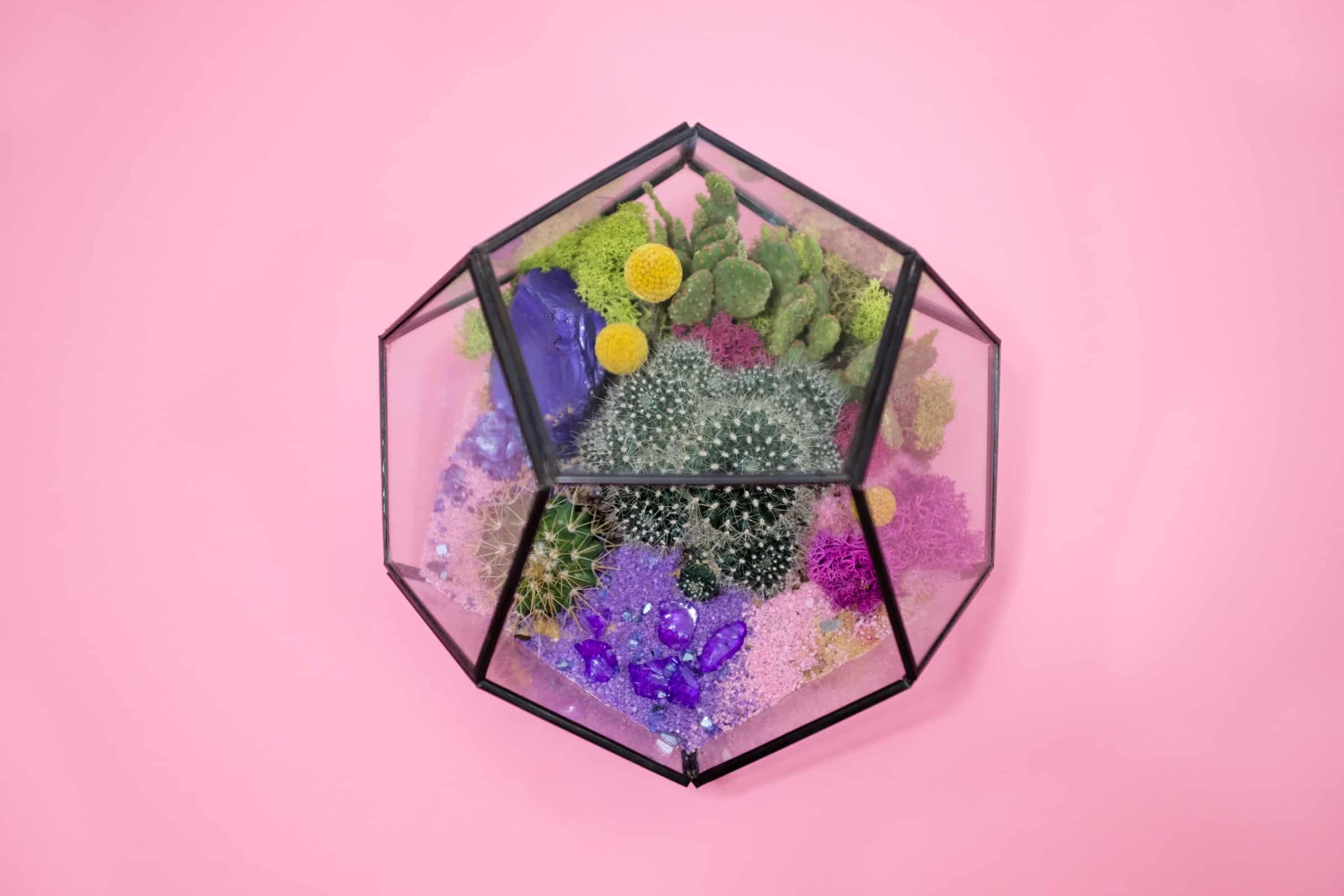The Daylily and Hemerocallis, or Hemerocallis, is a genus of flowering plants in the family Hemerocallidaceae. The name, Hemerocallis, is derived from the Greek words ἡμέρα and καλός, meaning “beautiful for a day”, likely referring to the bloom of each flower lasting only one day. The daylily is an incredibly resilient and flexible plant that is native to many temperate regions of Eurasia and the United States. Known as a popular garden flower, the daylily has naturalized throughout much of the world.
How to Plant
Daylilies are an ideal flower for gardening as they are incredibly versatile, easy to establish, and low maintenance. Depending on which variety is chosen and the climate, they have a bloom time of between one and five weeks. In regards to growing conditions, they prefer coastal, sunny locations and require well-drained soil. It offers a high tolerance for drought and pests to boot, making it a great option for novice gardeners.
When planting the daylily, it is best to dig a hole 2x the size of the roots and the crown of the plant. Fertilize the planting holes prior to planting them and water them well before planting. Press or tap the soil firmly around the plant to secure it in place. The daylily requires regular watering until it is established and flowers abundantly.
Meaning and Symbolism
The daylily is a symbol of passion and motherly love and can often be associated with innocence, feeling and rebirth. The fact that they are short-lived flowers which each bloom lasts only a day has been used to signify beauty and a reminder that things in life are fleeting. In China, daylilies are known as “golden rain”, and they are a symbol of love and honor in the country.
History, Mythology, and Religious Significance
Daylilies have a long and rich history in many cultures around the world. In Chinese legend, daylilies are believed to have been the flower of Heracles, the hero of the Iliad. In Ancient Greek mythology, daylilies were associated with Demeter and Persephone, the goddess of the Earth, motherhood, and fertility. Daylilies are sometimes known as “Emperor’s Flowers” in Europe due to their long history of cultivation in royal gardens.
The daylily flower also has a deep and symbolic relationship with Christianity and has religious significance in many cultures around the world. In Christian symbolism, the daylily was often associated with confession, forgiveness, and a new beginning. In Ancient Greece, the daylily was reserved for prayer to the gods.
Flower Varieties and Their Defining Characteristics
The daylily comes in a variety of forms and colors, with more than 60,000 registered cultivars. These often vary in blooming time and size, with a broad range of hues to pick from. Here are some of the more common types of daylilies and their defining characteristics:
- Frans Hals Daylily – This cultivar has bright orange, ruffled petals and profuse blooms, produced in great quantities. The fans are vividly marked with the Hals signature blush of deep orange.
- Stella de Oro Daylily – This type is renowned for its profusion of golden-yellow blooms. It grows around 6 to 8 inches and features a rapid re-blooming rate, even in summer heat.
- Chicago Apache Daylily – This type is known for its bold and flashy tangerine-orange petals, with fiery-red stamens. It is a compact, low-lying variety, perfect for rock gardens.
How to Pot and Repot Daylilies
Daylilies are typically grown in pots, as this can be better for temperature control and offers the opportunity to show off the flowers in the home or in the garden. The best pot size is usually 1 to 2 gallons, and it should have drainage holes to allow excess moisture to escape. To pot the daylily, place it carefully in the pot, filling it with soil until there is only an inch left at the top. Firm the soil down around the roots and water lightly.
Daylilies can sometimes outgrow their pot. To repot them, carefully remove the daylily from the pot and shake off excess soil. Place the plant in a new pot with fresh compost and press down firmly. Water the new pot and place it in a sunny spot. Regularly check the soil of the potted daylily and water as necessary.
How to Prune
Pruning Daylilies is an important practice for maintaining the health of the plant, improving flowering and removing dead or dying foliage. Daylilies should be pruned from late autumn to late winter. To prune, remove the spent blossoms and any damaged or fading foliage. You can also cut back the foliage to focus the plant’s growth and migration. Fertilizing after pruning helps to promote flowering and growth.
How to Propagate
Propagating Daylilies is a simple task and can be done by division. This is when a mature daylily is dug up and the root system is divided into several smaller sections. Each of these sections has the capacity to flower and bloom, so there is no fear of reduced quality or vigor. Use a sharp gardening knife and insert it into the root ball. Then place each division back into the garden, spaced appropriately. Water the area thoroughly.
Common Pests and Diseases
Daylilies are relatively hardy plants, however, they are susceptible to certain pests and diseases. Common pests that can affect daylilies include slugs and snails. These can be easily treated with slug bait or snail bait. You may also see aphids, thrips, spider mites, and Japanese beetles. To help ward off these pests it is important to keep the area around the plants clean and only water the soil, not the foliage.
In regards to diseases, daylilies are prone to powdery mildew and fungal leaf spots. Powdery mildew is a fungal disease which forms a white, powdery fungus on the foliage of the stem. Leaf spots are also caused by fungi and will appear as dark brown spots on the leaves of the daylily. To curb these diseases, it is best to remove and discard any infected leaves and reduce the risk of water splash.
Three Frequently Asked Questions About Hemerocallis
Q1: How often should I water my daylilies?
A1: Daylilies need regular watering until they are established and they should not be allowed to dry out; however, they can survive extended periods of drought. During the hot summer months, these flowers should be watered 1” a week.
Q2: How much sun do daylilies need?
A2: Daylilies will grow in both full sun and partial shade. In warmer climates, it is best to provide them with some shade during the heat of the day and keep them in full sun for the rest of the day.
Q3: Is overwintering necessary for daylilies?
A3: Most daylilies are hardy and can survive those cold winter temperatures without any special attention, however if the temperatures dip drastically, then it is a good idea to cover them with a layer of mulch, such as leaves, to insulate them.
Table Fact Sheet
| Daylily and Hemerocallis | Family | Plant Type | Mature Size | Sun Exposure | Soil Type | Soil pH | Bloom Time | Flower Color | Hardiness Zones | Native Area |
|---|---|---|---|---|---|---|---|---|---|---|
| Daylily and Hemerocallis | Hemerocallidaceae | Perennials | 6-14 inches tall | Full sun to part shade | Loamy, sandy, and clay type | 6.1-7.0 | Mid to late summer | Various | 3-10 | Eurasia and the United States |
What we love from Amazon this week
Buy these wonderful flowers directly from Amazon:















